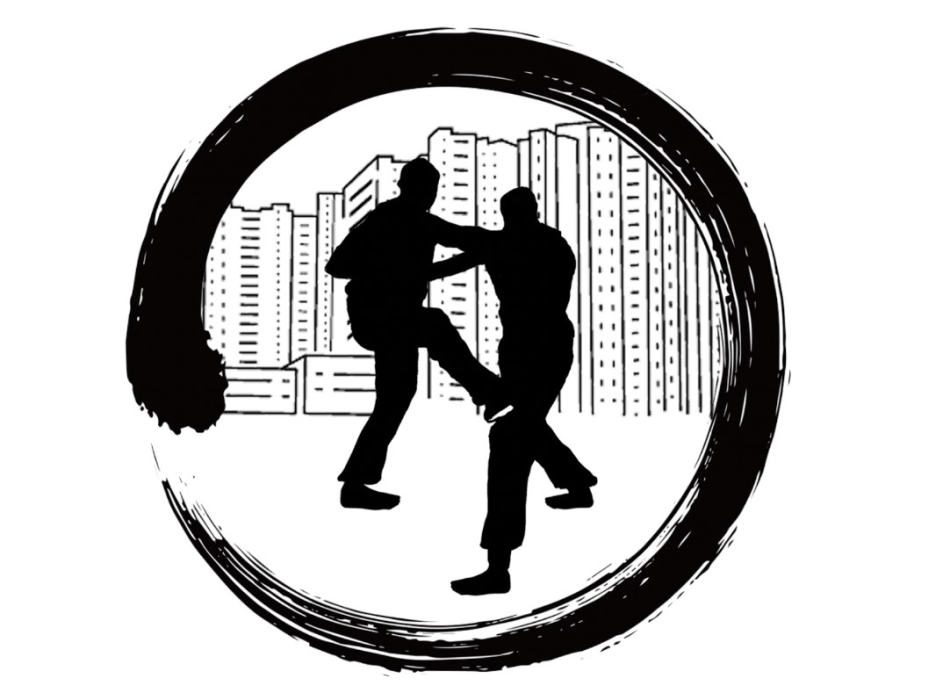The ancient Chinese martial arts system of Kung Fu offers more than just impressive moves for cinema; it provides practical and effective methods for personal protection. With its diverse fighting styles and time-tested techniques, Kung Fu equips practitioners with valuable skills to defend themselves in threatening situations. This article explores ten essential Kung Fu techniques that can be particularly effective for self-defense.
Fundamental Stances and Positioning
Before mastering any strikes or blocks, proper stance is crucial in Kung Fu. The foundation of effective self-defense begins with how you position your body.
1. Horse Stance (Ma Bu)
This fundamental stance builds leg strength and stability. With feet wider than shoulder-width apart and knees bent, it creates a solid base for executing powerful techniques while making you harder to knock down during confrontations.
2. Bow Stance (Gong Bu)
Essential for forward movement and power generation, this stance allows quick advancement toward or retreat from an opponent while maintaining balance and readiness.
Effective Striking Techniques
3. Chain Punch (from WingChun)
This rapid succession of straight punches, famous in the WingChun style, creates an overwhelming barrage that can quickly neutralize a threat. The technique focuses on center-line theory, directing strikes straight toward the opponent’s midline.
4. Palm Strike
Safer than a closed-fist punch for untrained practitioners, the palm strike delivers powerful impact while reducing the risk of injuring your own hand. It’s particularly effective against larger targets like the chest or face.
5. Tiger Claw
This technique forms the hand into a claw shape, allowing for grabbing, ripping, or striking sensitive areas. It’s particularly effective for targeting the eyes, throat, or grabbing clothing during self-defense situations.
Defensive Movements
6. Pak Sao (Slapping Block)
Another WingChun technique, this quick slapping motion deflects incoming strikes while simultaneously creating openings for counterattacks. It’s economical in movement and highly effective in close-quarter situations.
7. Circular Blocks
Common in many Kung Fu styles, circular blocks use the attacker’s momentum against them, redirecting force rather than meeting it head-on. This preserves your energy while potentially unbalancing your opponent.
Advanced Techniques
8. Chin Na Joint Locks
These grappling techniques target joints and pressure points to control an opponent without necessarily causing serious injury. Mastering even basic wrist locks can provide effective control in self-defense scenarios.
9. Sweeping Techniques
Taking away an attacker’s foundation by sweeping their legs can quickly neutralize a threat. Kung Fu offers various foot sweeps that can be executed from different positions and angles.
10. Simultaneous Block and Strike
Perhaps the most efficient self-defense concept in Kung Fu is the principle of blocking and striking simultaneously. This technique, emphasized in styles like WingChun, maximizes efficiency by combining defense and offense into a single movement.
Conclusion
While mastering these techniques requires dedicated practice under qualified instruction, even basic proficiency can significantly enhance your self-defense capabilities. Remember that Kung Fu emphasizes avoiding conflict when possible, using these skills only when necessary for personal protection. The true essence of martial arts lies not just in fighting techniques but in developing discipline, awareness, and the wisdom to know when and how to apply these powerful fighting styles.


